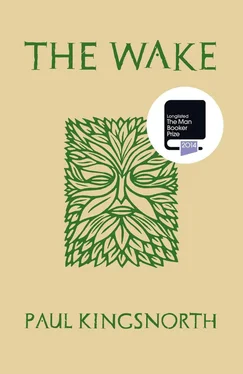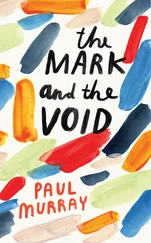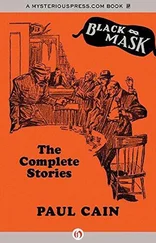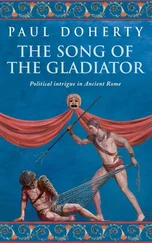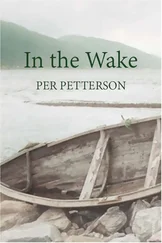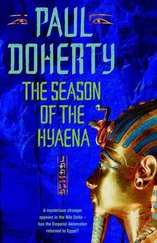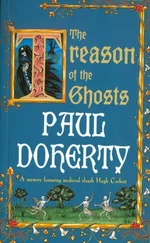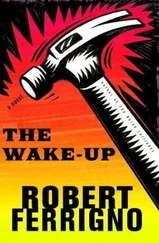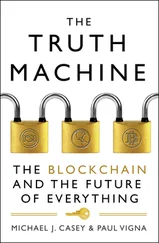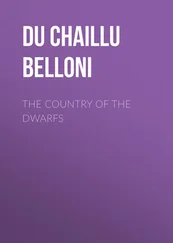The cataclysm of 1066 sparked nearly a decade of risings, rebellions and guerrilla warfare across the country, as populations in north and south struggled unsuccessfully to repel the invaders. This resistance finds contemporary parallels in the struggles of the Viet Cong against the US army or the French against the Nazis, yet today the English are remarkably ignorant of this period of our history. This is all the more regrettable as the effects of Guillaume’s invasion are still with us. In 21st-century England, 70 % of the land is still owned by less than 1 % of the population; the second most unequal rate of land ownership on the planet, after Brazil. It is questionable whether this would be the case had the Normans not concentrated all of it in the hands of the king and his cronies nearly 1000 years ago.
Other Norman legacies remain with us too, or have only recently been purged from our society. Automatic hereditary monarchy, the ‘ownership’ of a wife by her husband, the inheritance of land and titles by the first-born son, the legal ownership of all land by the monarch: all are Norman introductions. Historians today tend to sniff at the old radical idea of the ‘Norman Yoke’. History, like any academic discipline, has its fashions. In my view the Yoke was very real, and echoes of it can still be found today.
Though any resemblance between most of this book’s characters and any person living or (more likely) dead is coincidental, the narrative is hung carefully on the known facts about the history of the period and the religion and mythology of the Old English. The green men are not a fiction, and Buccmaster’s tale is built around the known timeline of post-1066 resistance to the Norman occupation. Events like the northern rebellion of 1068, the risings of Eadric and Hereward and the construction of the castles were all realities. The various instances of atrocities committed against the English by the Normans are either taken from or are in keeping with contemporary reports.
There are, however, three deliberate historical anomalies in the text (I leave it to readers to spot the accidental ones).
The first is Buccmaster’s name: it is not an Old English name. But it came to me and refused to yield to anything more historically correct, and so, it stays.
The second anomaly is the allusion to the word wake (wacan or waecnan, meaning awake, or to become awake) in reference to Hereward, leader of the Ely resistance, who is popularly referred to today as Hereward the Wake. While Hereward was certainly real, as is the tale of his remarkable last-ditch stand against the Norman king, there is no evidence that this nickname was. ‘Hereward the Wake’ does not appear in any contemporary records; the name appears to have surfaced late in the 12th century, when the Wake family of Lincolnshire began claiming ancestry from Hereward, and it was later popularised by Charles Kingsley’s patriotic Victorian novel Hereward The Wake . Novelists can do that sort of thing.
The third and final anomaly is the timing of the kidnap of Bishop Turold. Unlike the other speaking characters in this novel, Turold was a genuine historical figure, and his kidnap and eventual ransom is said to have occurred (it was claimed for Hereward and his men) in 1070. I have taken the liberty of bringing it forward two years, along with his accession to the bishopric of Peterborough. Since historians seem to agree that the kidnap tale is of dubious veracity in any case, I consider this to be merely a continuation of the original storyteller’s artistic licence.
I swam through a deop mere of books and articles in piecing this tale together, as well as as spending time tramping and mapping the fens, and exploring their landscape. Key among the written sources were Peter Rex’s The English Resistance , and his companion volume Hereward: the last Englishman . For the myths and religious beliefs of the pre-Christian English, I looked to the two Brians, Branston and Bates, whose The Lost Gods of England and The Way of Wyrd were invaluable. In developing the language of the novel, I referred extensively to Stephen Pollington’s Wordcraft , J.R. Clark Hall’s A Concise Anglo-Saxon Dictionary and Douglas Harper’s Online Etymology Dictionary (etymonline.com).
A full source list follows for those who want to explore further. Any errors which remain in this book are mine alone.

PRIMARY
Anglo-Saxon Chronicle
Beowulf
Chronicle of Battle Abbey
Domesday Book
Gesta Herewardi
Liber Eliensis
Bede, Ecclesiastical History of the English People
Geoffrey of Monmouth, History of the Kings of Britain
Hugh Candidus, Peterborough Chronicle
Orderic Vitalis, Ecclesiastical History
Simeon of Durham, History of the Kings
William of Malmesbury, Deeds of the Kings of the English
SECONDARY: BOOKS
Astbury, A.K., The Black Fens . London, 1958.
Atherton, M., Old English . London, 2006.
Barlow, F., The English Church 1000–1066 . London, 1963.
Bates, B., The Way of Wyrd . London, 2004.
Branston, B., The Lost Gods of England. London, 1957.
Cantor, L. (ed), The English Medieval Landscape .
London,
1982
.
Clanchy, C., From Memory to Written Record: England
1066
—
1307
London,
1993
.
Clark Hall, J.R., A Concise Anglo-Saxon Dictionary .
Cambridge
1960
.
Darby H.C., The Medieval Fenland . Cambridge, 1940.
English Companions, The, Members Handbook . Leek, 1998.
Faith, R., The English Peasantry and the Growth of Lordship .
Leicester,
1999
.
Frazer and Tyrell (eds), Social Identity in Early Medieval
Britain
London,
2000
.
Griffiths, B., Aspects of Anglo-Saxon Magic . Swaffham, 1986.
Hare, R., Without Conscience . New York, 1993.
Hadley, D.M., The Northern Danelaw: its social structure,
c.
800
—
1100AD
Leicester,
2000
.
Hill, D., Atlas of Anglo-Saxon England . Toronto, 1981.
Hill, P., The Anglo-Saxons: the verdict of history . Stroud, 2006.
Hooke, D., The Landscape of Anglo-Saxon England.
Leicester,
1998
.
Lees, C. and Overing, G., A Place To Believe In: locating
medieval landscapes
Philadelphia,
2006
.
Leyser, H., Medieval Women: a social history of women in
England
450
—
1500
London,
2005
.
Millar, R., The Green Man . Seaford, 1997.
Myers, J.N.L., The English Settlements . Oxford 1986.
Owen-Crocker, G., Dress in Anglo-Saxon England .
Manchester,
1986
.
Owen-Crocker, G., Rites and Religions of the Anglo-Saxons .
Newton Abbot and Totowa,
1981
.
Pelteret, D., Slavery in Early Medieval England .
New York,
1995
.
Pollington, S., Anglo-Saxon FAQs . Swaffham, 2008.
Pollington, S., Leechcraft: early English charms, plantlore and
healing
Swaffham,
2008
.
Pollington, S., Wordcraft . Swaffham, 2006.
Читать дальше
